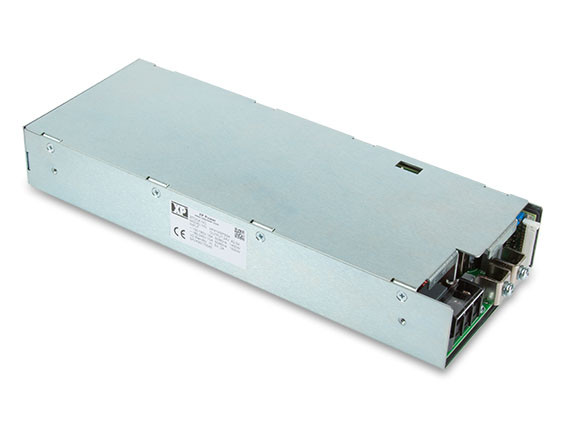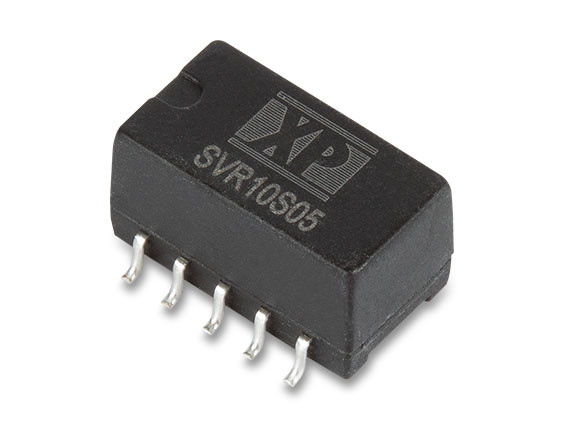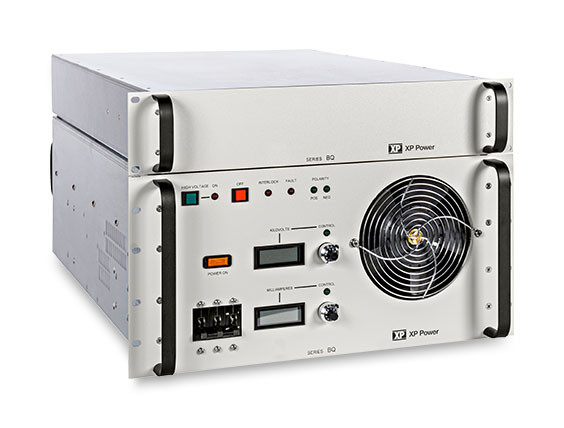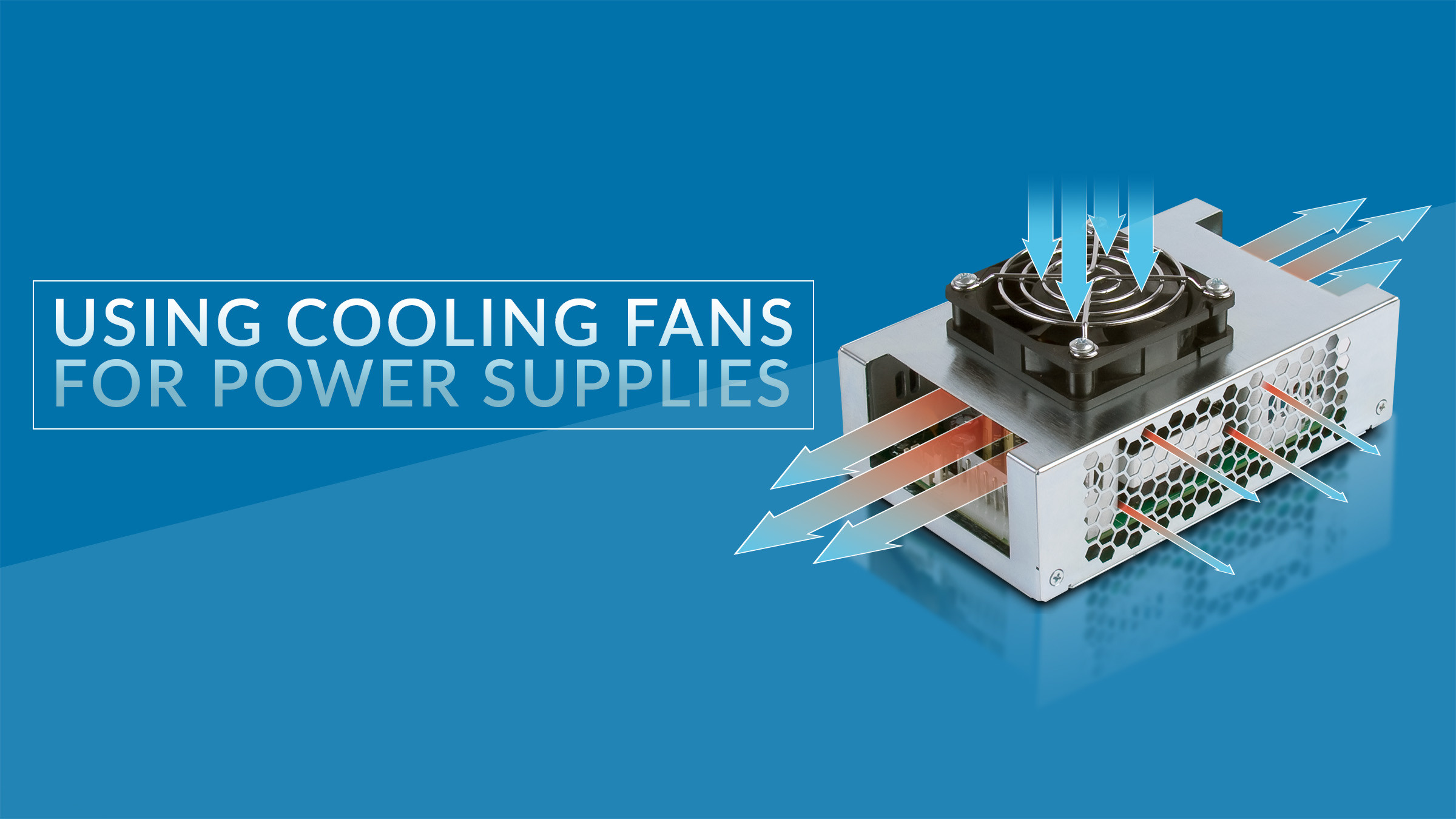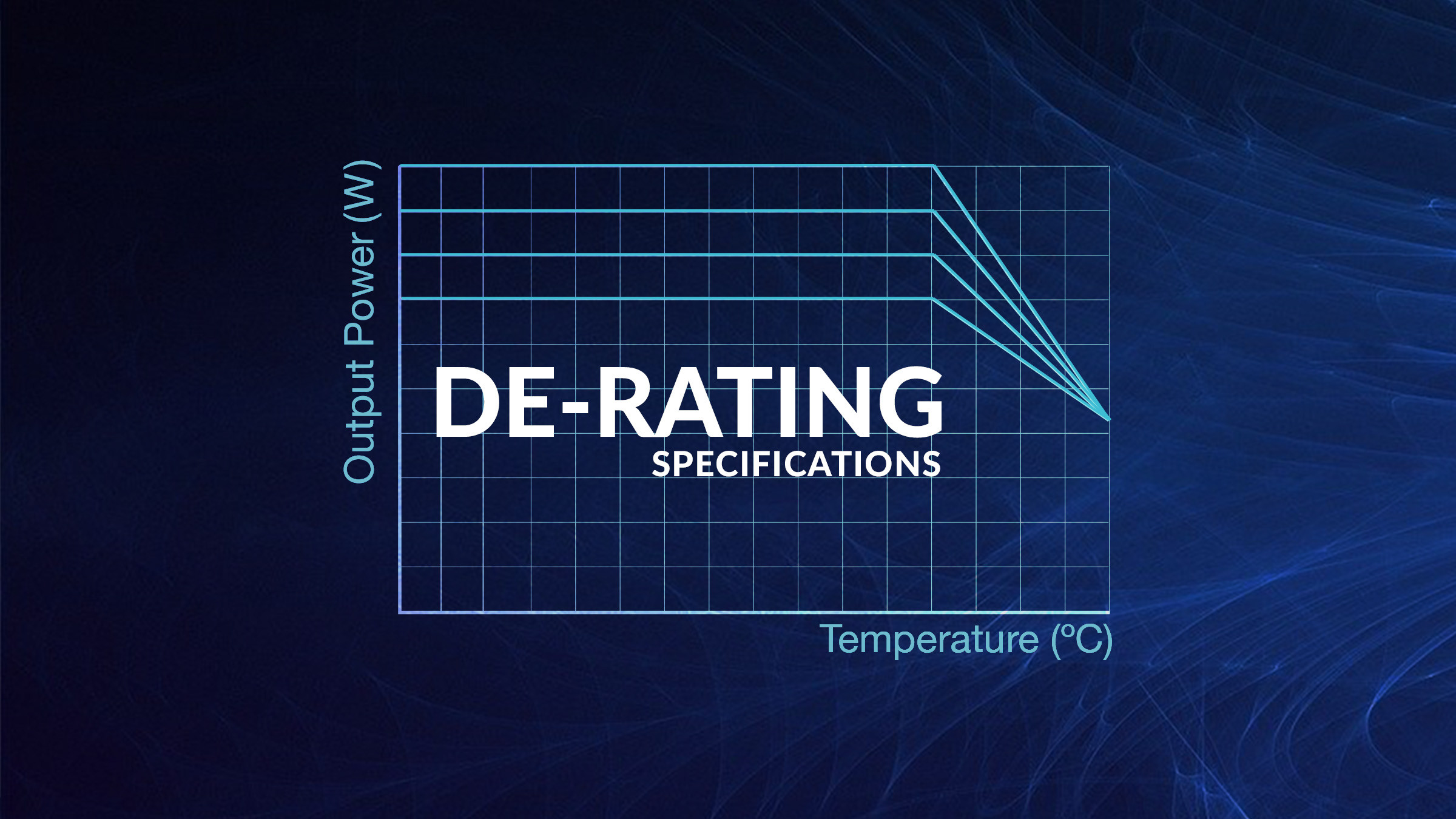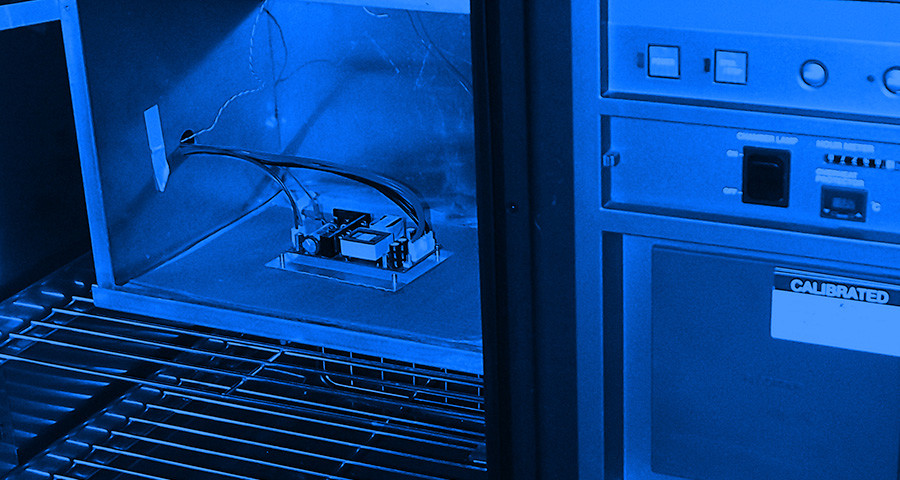
The two main ways of measuring temperatures are by thermocouple or by optical methods, whether IR camera or thermometer.
Thermocouples
Thermocouples are considered to be accurate within ± 1 °C but there are many traps to fall into. They may pick up electrical noise, they are relative, meaning that they need to be calibrated to a “cold junction”, the wires of the thermocouple or disc type thermocouples may make the device to be measured considerably colder, or the wires of the thermocouples may obstruct or disturb the airstream. Thermocouples come in several different types.
Type K, N and T are applicable for different temperature ranges which will be measured. When using thermocouples, it is important to attach the thermocouple tightly to the DUT (device under test). It is not adequate to use clips or the like to attach the thermocouple as this will not provide enough contact to the DUT, and the clip itself will cool the DUT. Gluing or soldering the thermocouple is the recommended attaching method. Using tape is tricky and not recommended.
It is important that the amount of attachment material is small compared to the DUT. Even more important is that the thermocouple is in good thermal contact with the DUT; little of the glue or solder should be between the DUT surface and the thermocouple. It is also important that the wires are thin, especially if the thermocouple is attached to a small component, even more so if this component has thin and/or several pins.
The thermocouples shall be attached to electrically “quiet” points, preferably terminals or measuring points where the voltage is (AC-) ground. Switching points shall be avoided. The wires from the thermocouples shall be kept away from switching points and magnetic components (especially gapped magnetics) as they may pick up noise. It is important for all electrical methods when measuring simultaneously on two or more points to use equipment with proper isolation so that the points not will be short circuit to each other.
Optical methods
IR cameras are often used to get a quick view to locate the hotspots. Due to different emissivity of different components the accuracy will be poor. It is not possible to measure directly on metal surfaces. They have to be painted in some way, and this will affect the temperature of the DUT.
IR thermometers have the same problem. Another problem is how to measure shadowed components. Also the top surface of the device may not have well-specified thermal impedance to the junction. It is not recommended that IR thermometers or cameras are used for final temperature measurements.
